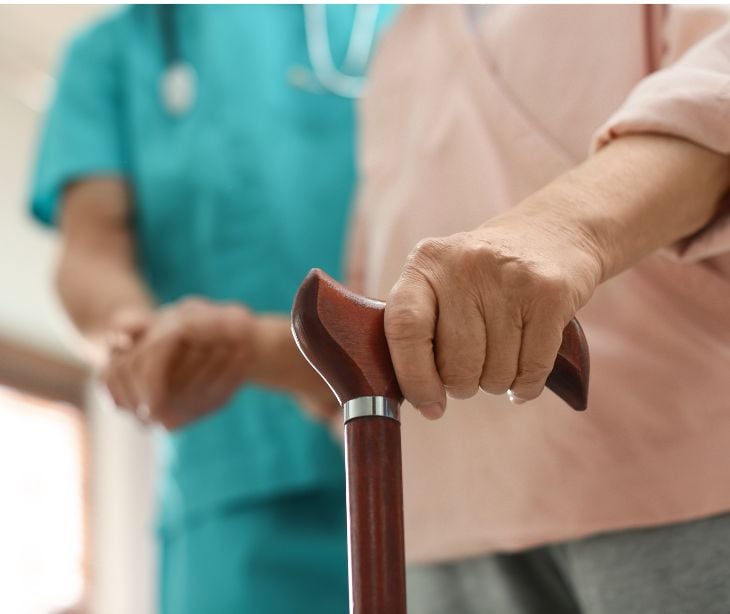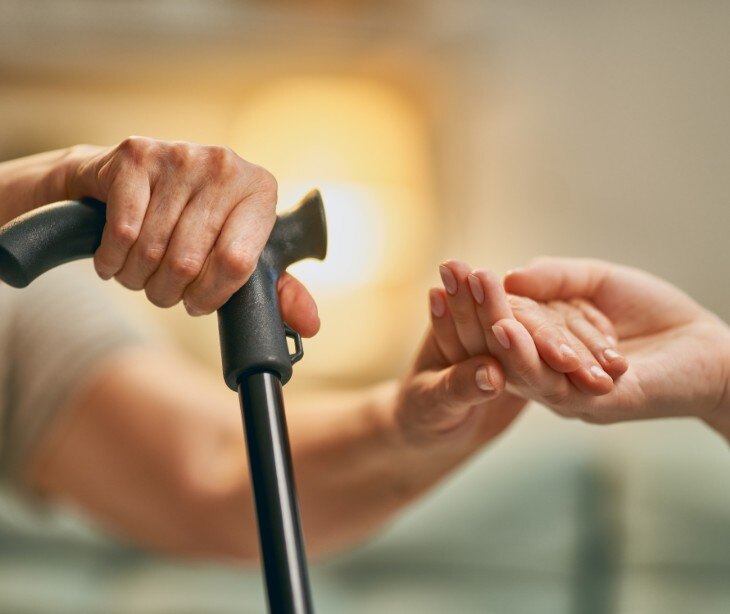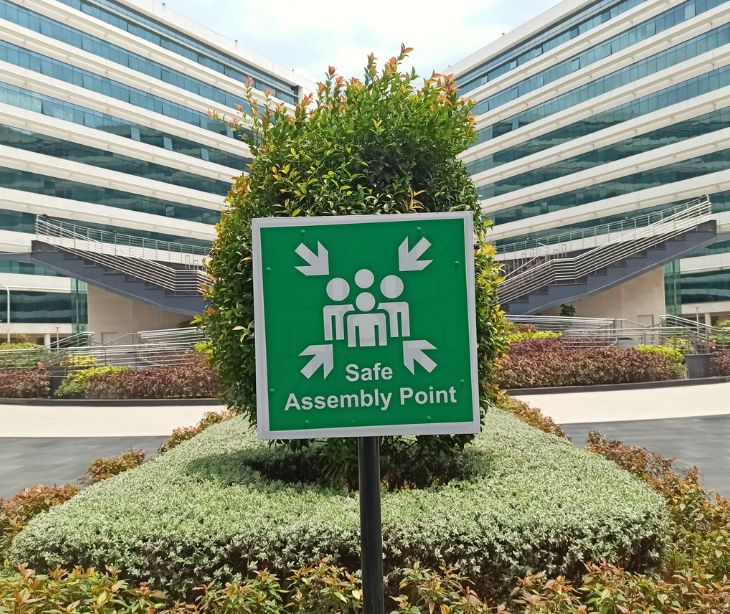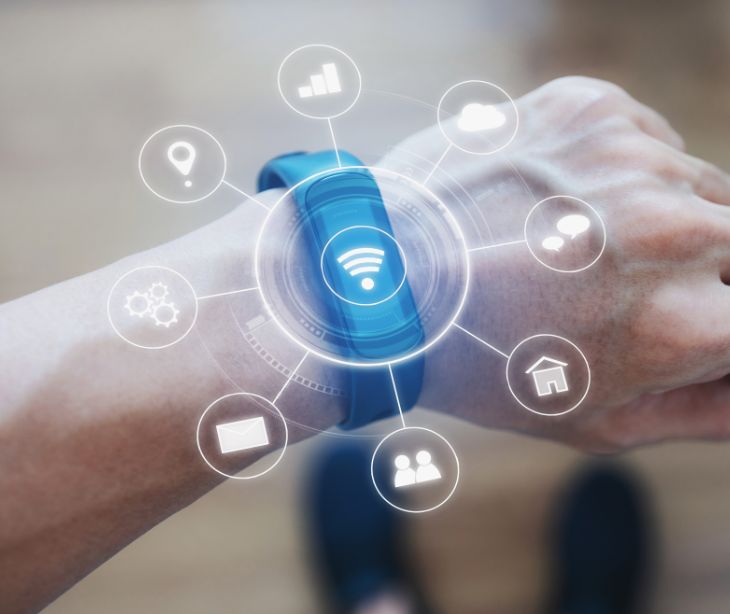3 min read
Integrating text messaging and geolocation for geriatric care
Kirsten Peremore
May 03, 2024

Healthcare providers can use geolocation and HIPAA compliant text messaging to enhance the safety, well-being, and engagement of elderly patients.
The challenges faced within geriatric care
A study on the topic of the clinical and physiological issues related to aging populations provides, “...complexity of ageing and geriatrics warrants a comprehensive and systematic consideration. Incorporation of a variety of clinical pictures, mortality risk as well as the functional performance in decision‐making is essential to care for this population following a personalised clinical care approach.”
Geriatric care involves managing multiple chronic conditions in older adults, which demands frequent monitoring and adjustment to treatment plans. This complexity can strain healthcare providers, who must devote time and attention to each patient. As many elderly patients experience cognitive decline, such as memory loss or reduced problem-solving capabilities, they often struggle to follow medical advice or accurately report symptoms.
This communication gap is exacerbated by physical impairments common in this age group, like hearing loss or poor eyesight, making verbal instructions less effective and written information difficult to comprehend. Healthcare providers must find innovative ways to communicate. This makes sure that health information is conveyed clearly and understood fully, which adds another layer of challenge in providing effective care to the elderly.
See also: Tailoring email for geriatric healthcare engagement
What is geolocation?
Geolocation is a technology that identifies the real-world geographic location of an object, such as a mobile phone or an internet-connected computer. It works by using data from various sources like GPS satellites, cell tower signals, Wi-Fi networks, and even Bluetooth connections to pinpoint the exact location of the device with varying degrees of accuracy.
Its use offers a wide range of applications, from helping users navigate through mapping services to enhancing security by tracking the location of valuable assets. In everyday use, geolocation can recommend nearby restaurants, provide location-based weather forecasts, and even help in emergencies by quickly locating the caller for rapid response services.
See also: What is an API?
How do geolocation and text messaging offer a solution within geriatric care?
Based on an International Journal of Telemedicine and Applications study, “eHealth has the potential to become a means of providing good care at home, which is especially challenging with regard to this emerging field. eHealth refers to information and communication technology (ICT) tools and services for health, whether the tools are used behind the scenes by healthcare professionals or directly by patients and their relatives.”
Geolocation and text messaging are integral components of eHealth. These tools specifically adapt to healthcare needs by improving accessibility and personalization, particularly within geriatric care. Geolocation, for instance, serves as a safety measure for elderly patients who may experience cognitive issues such as dementia, making them prone to wandering.
Using geolocation technologies, caregivers can establish safe zones and receive instant alerts if patients exit these designated areas. This functionality not only ensures patient safety but also provides peace of mind to family members and caregivers.
On the other hand, text messaging streamlines communication between healthcare providers and elderly patients. It offers a direct and user-friendly way to send timely reminders for taking medications, scheduling follow-up appointments, and managing chronic conditions.
This method is especially effective in geriatric care, where patients may struggle with complex medication schedules or forget appointments due to age-related memory declines. Text messaging helps bridge these gaps, allowing health management information to be communicated clearly and promptly.
The technical use of geolocation and text messaging
- Location-based medication management: Utilize geolocation to detect when a patient arrives at or leaves key locations, like their home or a pharmacy. Healthcare providers can send text messages tailored to these moments.
- Dynamic health alerts and check-ins: Develop a system where text messages are automatically sent to check on a patient’s well-being based on location activity patterns. For example, if a patient does not leave their house for several days, which is unusual for their routine.
- Automated appointment logistics: Combine text messaging with geolocation to streamline appointment attendance. If a patient appears to be running late based on their location relative to the healthcare facility.
- Emergency response enhancement: Implement a geolocation-triggered alert system for emergencies. If a patient activates a distress signal, the system not only alerts emergency services but also sends an immediate text message to a predefined list of caregivers and family members with the patient's exact location and nature of the emergency.
- Localized health advisories: Use text messaging to send localized health advisories based on geolocation data. For instance, if there’s a flu outbreak in a particular area, elderly patients in that location can receive texts about the outbreak along with preventive measures or nearby locations for flu shots.
- Support for mobile clinic services: For practices that operate mobile health services or clinics, use geolocation to optimize routes based on where clusters of patients reside. Text messages can inform patients of when the mobile clinic will be in their area, what services will be available, and how to prepare for a visit.
FAQs
How do elderly patients typically respond to using these technologies?
Elderly patients often respond positively to using text messaging and geolocation technologies when they are introduced with clear instructions and supported by caregivers.
What types of devices are needed for elderly patients to use these services?
Elderly patients typically need a basic smartphone or a wearable device that is capable of receiving text messages and supporting GPS for geolocation services.
Are there language or literacy barriers that affect the deployment of these technologies?
Yes, as elderly patients need to be able to understand and interact with the devices and services, there is a requirement for accommodations like multilingual support and user-friendly interfaces.
Subscribe to Paubox Weekly
Every Friday we'll bring you the most important news from Paubox. Our aim is to make you smarter, faster.



